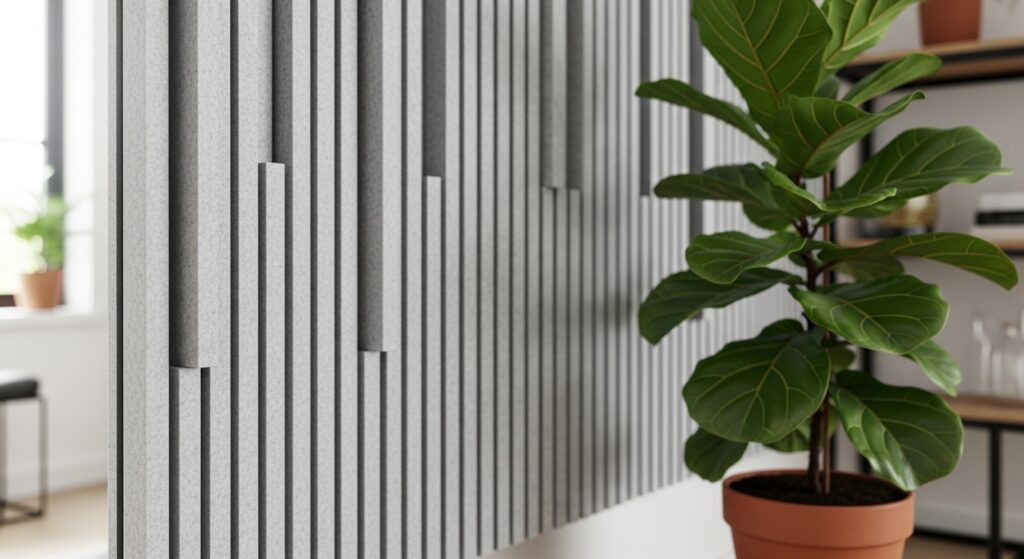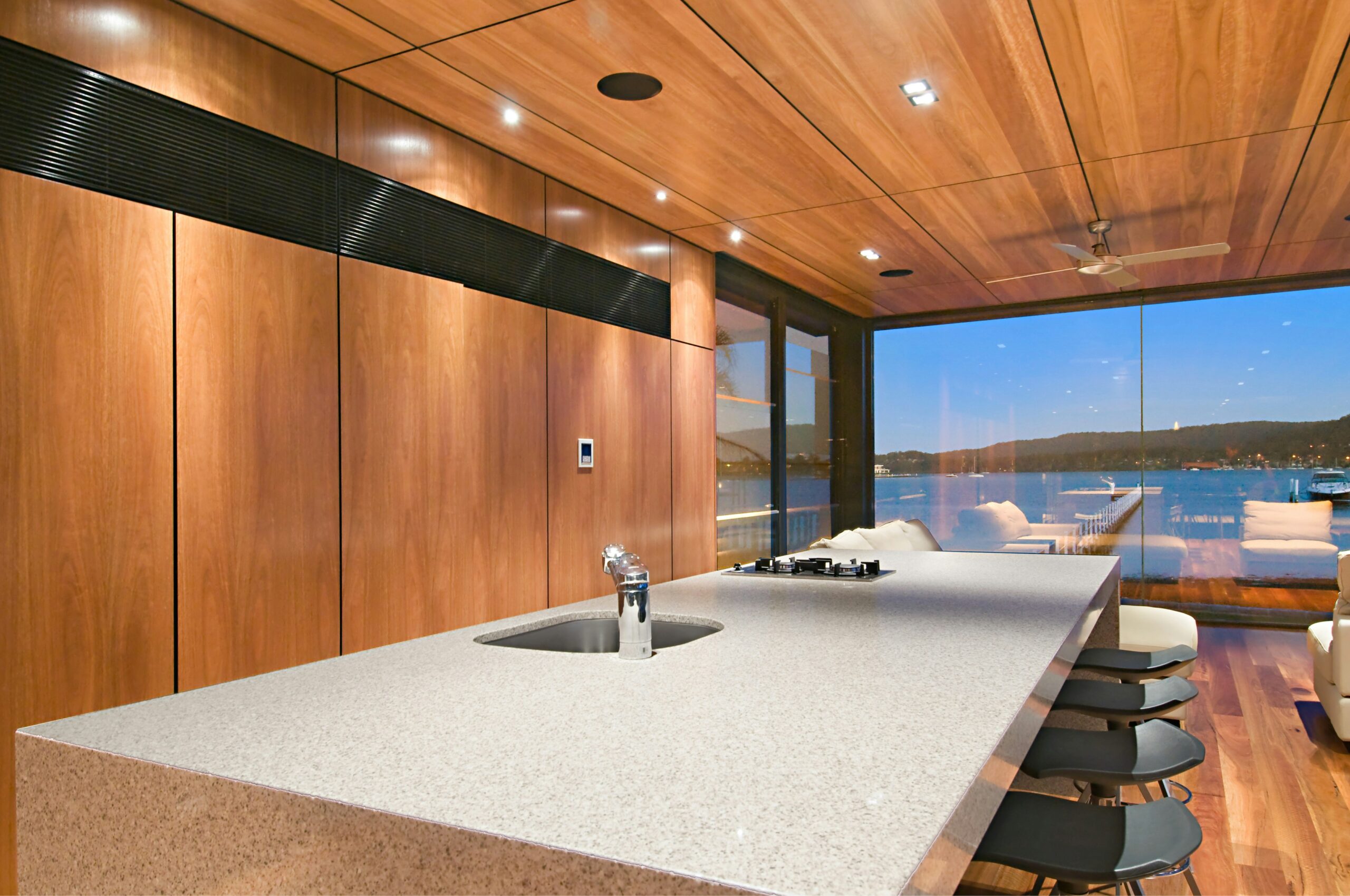In today’s fast-paced world, the idea of home has evolved beyond just a physical shelter. It’s where we unwind, recharge, and nurture our wellbeing. One often overlooked factor that plays a crucial role in creating this sanctuary is acoustic comfort—the control and quality of sound in our living spaces. While we often focus on visual aesthetics, the sound environment of our homes deeply influences how we feel, think, and live.

What Is Acoustic Comfort?
Acoustic comfort refers to the absence of unwanted noise and the presence of pleasant, balanced acoustics in an indoor environment. It’s not just about eliminating noise, but about creating a harmonious soundscape that supports calm, productivity, and rest. From sound-absorbing materials to strategic layout planning, achieving acoustic comfort can be the difference between a chaotic house and a healing home.
Why Acoustic Comfort Matters for Wellbeing
The connection between sound and wellbeing is backed by research. Excessive noise exposure can trigger stress, disrupt sleep, and impact cognitive function. On the other hand, a thoughtfully designed acoustic environment promotes peace, enhances focus, and even supports physical health. Whether you live in a bustling city or a quiet suburb, acoustic comfort can protect your mental and emotional balance.
According to the World Health Organization, prolonged noise pollution may increase risks of high blood pressure and heart disease. That’s why creating a home with sound in mind is not just a luxury—it’s a necessity.
📖 Source: WHO – Environmental Noise Guidelines

How to Create Acoustic Comfort at Home
1. Start with Soft Furnishings
Carpets, curtains, and upholstered furniture help absorb sound and reduce echo. These elements are key in shaping the acoustic comfort of living and working areas.
2. Embrace Sound-Zoning Strategies
Place louder appliances or activities (like laundry or gaming) in isolated spots. Sound zoning increases acoustic comfort by managing how noise flows throughout your home.
3. Use Natural Materials
Solid wood, cork, and even houseplants act as natural sound absorbers. They not only beautify your space but also contribute to a quieter, more soothing environment.
4. Consider Acoustic Panels and Insulation
If noise is a serious concern, installing acoustic wall panels or using dense insulation can significantly improve acoustic comfort, especially in urban or shared housing settings.

Looking Ahead: Designing for Sound Wellness
We spend nearly 90% of our time indoors. As more people prioritize wellness-centered living, elements like acoustic comfort will become essential in home and interior design. It’s not just about eliminating noise—it’s about curating sound in a way that enhances life.
The beauty of sound is that it can shape how we feel without us even realizing it. When you walk into a space where the echoes are just right, and the buzz of the outside world melts away, that’s the magic of a home with true acoustic comfort.
Building a Wardrobe That Lasts: The Art of Balancing Timeless Basics with Trendy Accents

